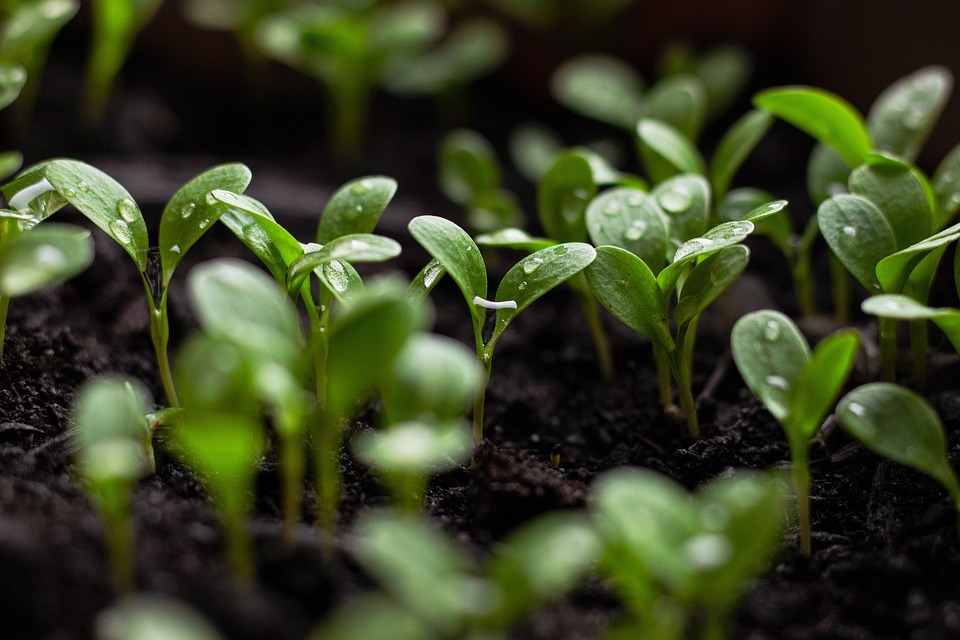1. Use Organic and Sustainable Practices
One of the first steps to creating a sustainable garden is to use organic and sustainable practices. This includes avoiding the use of synthetic fertilizers and pesticides, opting for organic options instead. By choosing natural alternatives, you can support a healthy ecosystem and promote biodiversity in your garden.
2. Collect Rainwater
Rainwater is a valuable resource that can be used to water your garden, reducing the need for tap water and saving on your water bill. Consider installing a rain barrel or other rainwater collection system to capture and store rainwater for later use. This can help ensure that your garden stays hydrated during dry spells without relying on water from unsustainable sources.
3. Compost Food Scraps and Yard Waste
Composting is a great way to reduce waste and create nutrient-rich soil for your garden. By composting food scraps and yard waste, you can divert organic materials from the landfill and instead use them to nourish your plants. This closed-loop system not only reduces waste but also supports the health of your garden.
4. Plant Native Species
Native plants are well-adapted to your region’s climate and soil conditions, making them more likely to thrive without the need for extra water, fertilizer, or pesticides. By incorporating native species into your garden, you can create a more sustainable and low-maintenance landscape that supports local wildlife and pollinators.
5. Practice Crop Rotation
Crop rotation is a technique used to maintain soil fertility, reduce pests and diseases, and promote healthy plant growth. By rotating the types of crops you plant in different areas of your garden each season, you can help prevent nutrient depletion in the soil and break the life cycles of pests and diseases that target specific plant species.
6. Use Mulch to Conserve Water and Suppress Weeds
Applying mulch to your garden beds can help retain moisture in the soil, reduce water evaporation, and prevent weed growth. Organic mulches like shredded leaves, straw, or wood chips can also break down over time, adding nutrients to the soil and further supporting plant health. By using mulch, you can conserve water and reduce the need for synthetic herbicides.
7. Attract Beneficial Insects and Wildlife
Encouraging biodiversity in your garden by attracting beneficial insects and wildlife can help establish a balanced ecosystem that naturally controls pests and promotes plant health. Planting a variety of flowers, herbs, and native grasses can attract pollinators like bees and butterflies, as well as predators like ladybugs and lacewings that feed on garden pests.
8. Implement Drip Irrigation or Watering Systems
Drip irrigation or other water-efficient watering systems can deliver water directly to the roots of plants, reducing water waste and evaporation compared to overhead sprinklers. By using drip irrigation, you can ensure that your plants receive the right amount of water where they need it most, promoting healthy root growth and conserving water resources.
9. Embrace Permaculture Principles
Permaculture is a design philosophy that emphasizes working with nature to create sustainable and self-sufficient systems. By incorporating permaculture principles into your garden, such as observing and interacting with the environment, using renewable resources, and valuing diversity, you can create a more resilient and productive garden that mimics natural ecosystems.
10. Educate Yourself and Experiment
Finally, don’t be afraid to educate yourself about sustainable gardening practices and experiment with new techniques in your garden. Attend workshops, read books and articles, and learn from other gardeners to discover innovative ways to improve the sustainability of your garden. By staying curious and open-minded, you can continually evolve and optimize your gardening practices for the benefit of both your plants and the environment.


